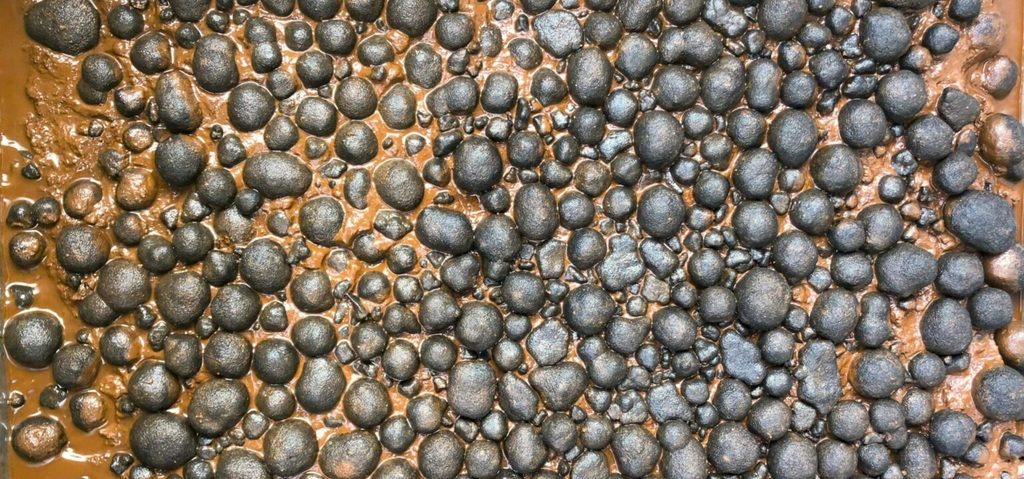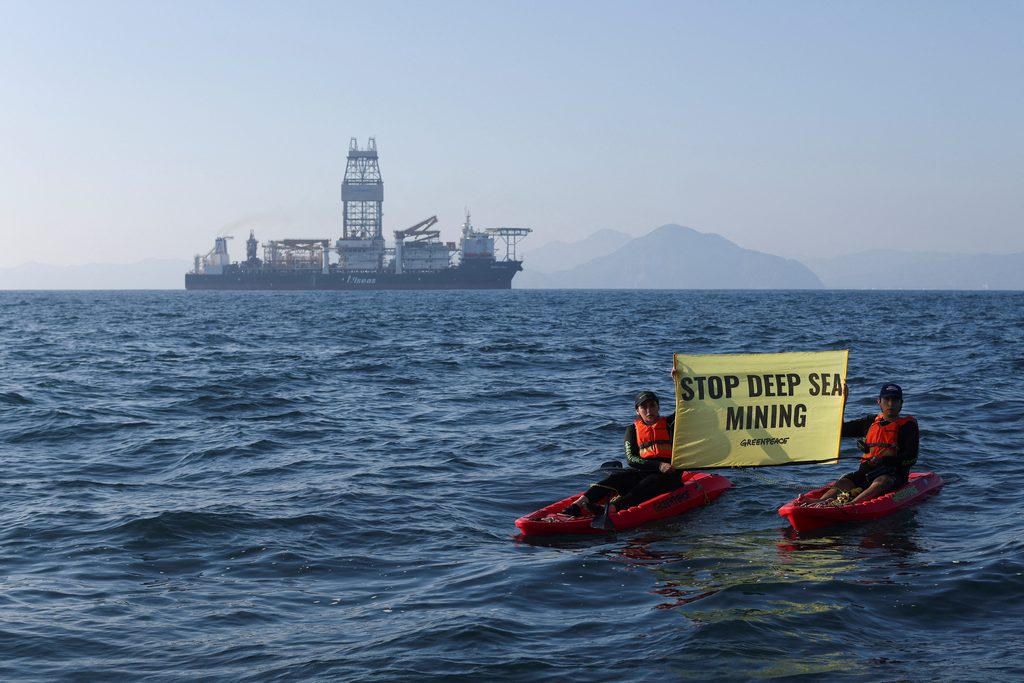On April 24, 2025, the Trump administration issued Executive Order 14285 mandating federal agencies to expedite permits for seabed mining under the Deep Seabed Hard Mineral Resources Act of 1980.
Mr Trump wants to establish the US as a global leader in seabed exploitation and loosen China’s grip on the critical minerals market. This helps explain why The Metals Company (TMC) recently announced plans to apply for seabed exploration and commercial recovery permits under this relatively old act.
Unilateral moves like this threaten to subvert the legal efforts of the International Seabed Authority (ISA), the UN body responsible for regulating exploration and mining activities in international waters — otherwise known as the Area Beyond National Jurisdiction or simply “the Area”. The US refused to ratify the UN Convention on the Law of the Sea, and the ISA’s protracted negotiation of the Mining Code has now given the US an excuse to strike out on its own.
These developments could undermine international law, commitments to peaceful use of the Area and environmental protections. But as one of us has argued, it could also sideline TMC’s Pacific partners. Nauru and Tonga are currently sponsoring TMC’s activities in the Area, but it’s not clear what it’s in it for them if TMC secures a permit for seabed mining under US law.
This coincides with Mr Trump’s sustained attack on regulatory institutions, not least of all the National Oceanic and Atmospheric Administration (NOAA) which is supposed to regulate TMC’s activities if it’s granted a permit to operate in the Area.
As worrying as this is, it’s only one side of the coin. Mr Trump’s executive order aims to position the US as the partner of choice for countries developing seabed minerals in their Exclusive Economic Zones (EEZs). Since at least the 1970s, numerous Pacific countries have been exploring the possibility of deep-sea mining (DSM) in their domestic waters. So, while the media is rightly focussed on issues in the Area, we also need to pay attention to the pressures on the Pacific regulatory seascape.
A key starting-point was the €4.4 million SPC-EU Deep Sea Minerals Project, funded by the European Union and managed by the Pacific Community (SPC). Between 2011-2016, the Project provided Pacific countries with advice on draft seabed minerals laws and policies and developed a regional framework to help harmonise seabed activities across the region. Clearly, the regulatory seascape remains irregular. Currently only seven countries have seabed minerals legislation (but not all of them have active DSM programs), while none have finalised a DSM policy. The remaining countries have either developed draft policies and rules or the process has simply stalled. Some have developed frameworks for activities in the Area and their EEZ. Others focus on one or the other. The institutions upholding the rules are similarly variable. Only Cook Islands and Nauru have operationalised a regulatory authority. In every other country this work has gotten stuck or been farmed out to other departments with other responsibilities — with major implications for regulatory capacity.
Two cases stand out.
Cook Islands has been a Pacific pioneer. In 2009, its government approved the world’s first Seabed Minerals Act and then in 2012 established the Cook Islands Seabed Minerals Authority, another world first. The 2009 Act was enacted in 2013 and updated in 2019 to address issues of overcomplexity and account for the passing of the Marae Moana Act in 2017, which established a marine park over the country’s EEZ but also allows for seabed minerals activities. This created the enabling conditions to issue three exploration permits in 2022. Parliament then passed the Seabed Minerals (Minerals Harvesting and Other Mining) Regulations in 2024.
These developments establish a framework for future seabed mining, however, the Seabed Minerals Authority has faced criticism around its community consultation processes. Regulation requires more than rules and not everyone is convinced the regulator is resourced (or committed) to meaningfully engage the population.
Papua New Guinea, on the other hand, has been a forerunner and a laggard. In 1997, the government issued the world’s first seabed minerals exploration license to Nautilus Minerals Ltd. The absence of any specific DSM regulations didn’t slow things down. Fourteen years later, the government granted a 20-year mining license to the same company for the ill-fated Solwara I project. The project would have proceeded under the 1992 Mining Act and would have been regulated by the Minerals Resources Authority (MRA), both of which are designed to deal with terrestrial mining. After participating in the EU-SPC DSM Project, the government has repeatedly promised to develop what it calls an “offshore mining policy”. Nothing has materialised.
After Nautilus sunk in 2019 perhaps this no longer mattered, with the government supporting calls for a DSM moratorium in 2019, and again in 2023. Since 2023, however, there has been renewed government interest in DSM. In March 2025 the government released the latest round of draft revisions to the Mining Act for public comment, which now includes a sub-section for offshore mining. It remains to be seen whether the revisions are ever finalised or if the offshore content meets international standards. Nevertheless, recent reports that exploration activities have been occurring in the Solwara 1 lease area without the knowledge of the MRA highlight the disregard some seabed contractors have for Pacific regulations and the urgent need for strong, well-resourced enforcement mechanisms.
Technological advancements combined with mounting political and economic pressures are gathering pace, bringing the prospect of DSM in the Pacific region closer than ever. TMC’s announcement and the prospect that it might be allowed to operate under the gaze of a gutted NOAA underscores the need for robust regulation at all levels — local, national, and international.
Effective regulation means more than having laws on the books and policies on the shelf. It requires capable institutions, technical expertise and long-term investment in governance. This means not only investing in creating legislation, but investing in the institutions, science, people and processes needed to enforce it.
The EU-SPC DSM Project provided a starting platform for seabed governance in the Pacific. A great deal more is needed. While Mr Trump pulls the US out of the Pacific with one hand, with the other hand he may reassert US influence through seabed minerals companies working in the Area or Pacific EEZs. Australia needs to think carefully about this dilemma. One recommendation is to look at how it can invest in the development of regulatory institutions that can deal with increasing levels of complexity in seabed activity. Without it, the Pacific risks being taken for a ride.
This article appeared first on Devpolicy Blog (devpolicy.org), from the Development Policy Centre at The Australian National University.
n NICHOLAS BAINTON is Associate Professor in the School of Regulation and Global Governance at the Australian National University.
n PHILLIPA LOUEY is a Research Fellow at the Australian National University’s Pacific Security College. The views expressed in this article belong to the authors and do not reflect the views of this newspaper.

A sample of seabed polymetallic nodules from the Pacific. Picture: Nicholas Bainton

The authors argue that effective regulation on deep sea mining means more than having laws on the books and policies on the shelf. It requires capable institutions, technical expertise and long-term investment in governance. Picture: REUTERS


